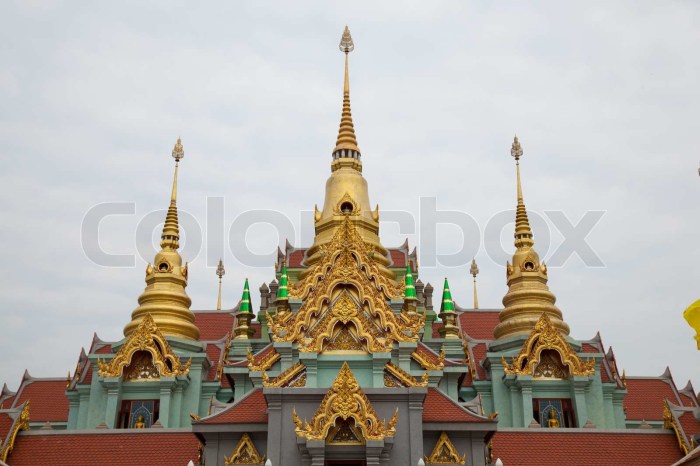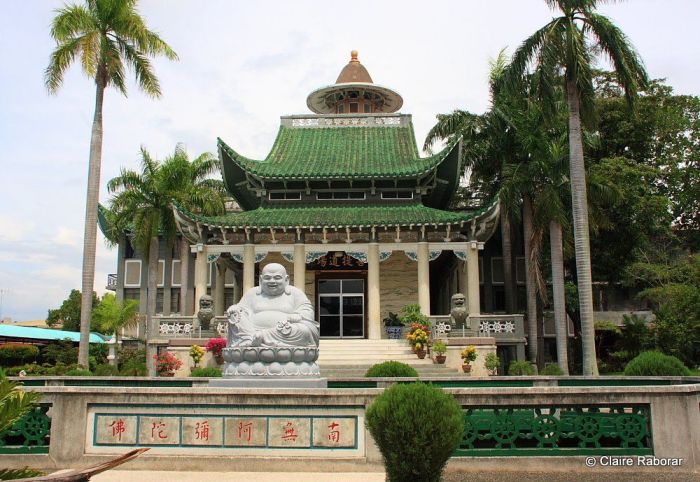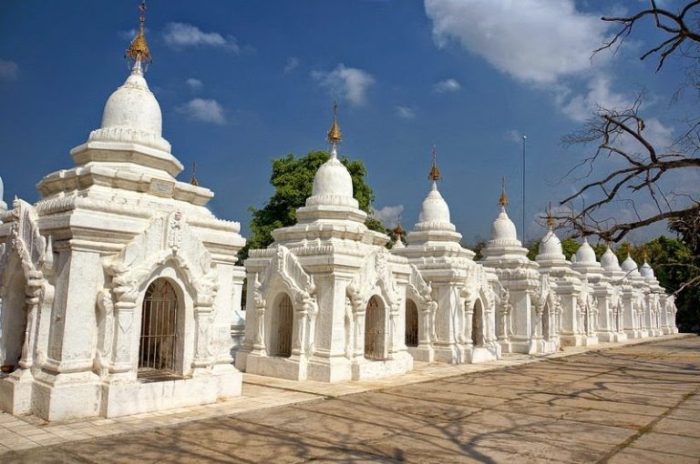Churches temples and pagodas are places of – Churches, temples, and pagodas are places of worship, spiritual reflection, and cultural significance. They are architectural marvels that embody the beliefs, traditions, and artistic expressions of diverse cultures and religions. This comprehensive guide delves into the sacred spaces of churches, temples, and pagodas, exploring their historical evolution, architectural diversity, religious practices, symbolism, and social impact.
From the soaring spires of cathedrals to the intricate roofs of Buddhist temples and the serene simplicity of Japanese pagodas, these structures stand as testaments to human creativity and the enduring power of faith.
Churches, Temples, and Pagodas as Sacred Spaces

Churches, temples, and pagodas are sacred structures that serve as focal points for religious practices and spiritual experiences. They embody the religious significance and spiritual purpose of their respective faiths, providing a space for worship, contemplation, and connection with the divine.
These structures are designed with architectural features and design elements that contribute to their sacred atmosphere. Churches often feature stained-glass windows, vaulted ceilings, and intricate carvings that evoke a sense of awe and grandeur. Temples, on the other hand, are typically characterized by their elaborate ornamentation, colorful murals, and serene courtyards that foster a contemplative ambiance.
Pagodas, with their tiered roofs and intricate spires, symbolize the path to enlightenment and offer a sense of transcendence.
Historical and Cultural Importance
Churches, temples, and pagodas have a rich historical and cultural significance, evolving over centuries across different cultures and time periods. They have served as centers of religious practice, pilgrimage sites, and repositories of cultural heritage.
- The Hagia Sophia in Istanbul, originally a Christian basilica, was converted into a mosque and later a museum, showcasing the architectural evolution and cultural significance of sacred structures.
- The Angkor Wat temple complex in Cambodia is a testament to the architectural prowess and religious fervor of the Khmer Empire, attracting millions of visitors annually.
Architectural Diversity
These structures exhibit a wide range of architectural styles and traditions, influenced by local materials, cultural beliefs, and geographical factors.
| Region | Church | Temple | Pagoda |
|---|---|---|---|
| Europe | Gothic | Romanesque | N/A |
| Asia | Baroque | Buddhist | Shinto |
| Middle East | Byzantine | Islamic | N/A |
Religious Practices and Rituals, Churches temples and pagodas are places of
These structures play a central role in religious practices and rituals. Churches host services, sacraments, and other liturgical ceremonies. Temples serve as places for worship, meditation, and festivals. Pagodas facilitate prayer, meditation, and pilgrimage.
- In churches, the Eucharist, a central sacrament, is celebrated, while in temples, daily rituals such as chanting and offerings are performed.
- Pagodas are often associated with pilgrimage, where devotees undertake arduous journeys to seek blessings and spiritual enlightenment.
Symbolism and Iconography
Churches, temples, and pagodas are replete with symbolism and iconography that convey religious teachings and beliefs. Churches often depict scenes from the Bible, while temples feature deities, mythological creatures, and symbols of enlightenment. Pagodas represent the cosmic order and the path to spiritual awakening.
- The stained-glass windows in churches symbolize the divine light and celestial realm.
- The lotus flower in Buddhist temples represents purity and enlightenment.
Preservation and Conservation
Preserving and conserving these structures is crucial for preserving their architectural integrity and cultural significance. This involves protecting them from environmental factors, restoring damaged elements, and implementing sustainable practices.
- The World Heritage Committee of UNESCO recognizes and protects numerous churches, temples, and pagodas as sites of outstanding universal value.
- Conservation efforts often involve collaboration between religious communities, architects, and heritage experts.
Tourism and Cultural Exchange
These structures attract visitors from around the world, fostering tourism and cultural exchange. They offer a glimpse into different religious traditions and provide a platform for interfaith understanding and appreciation.
- The Vatican City, home to St. Peter’s Basilica, is a major tourist destination for both religious and cultural enthusiasts.
- The temples of Kyoto, Japan, showcase traditional Japanese architecture and attract visitors seeking spiritual experiences and cultural immersion.
Community and Social Impact
Churches, temples, and pagodas serve as gathering places, centers of education, and sources of support for their communities. They provide a sense of belonging, foster social connections, and offer services such as education, healthcare, and counseling.
- Many churches run soup kitchens and homeless shelters, providing aid to the needy.
- Temples often offer educational programs, such as meditation classes and Dharma talks.
Q&A: Churches Temples And Pagodas Are Places Of
What is the difference between a church, a temple, and a pagoda?
While all three structures serve as places of worship, they belong to different religious traditions. Churches are associated with Christianity, temples with Hinduism, Buddhism, and other Eastern religions, and pagodas with Buddhism and Taoism.
What are some of the most famous churches, temples, and pagodas in the world?
Notable examples include St. Peter’s Basilica in Vatican City, the Hagia Sophia in Istanbul, the Temple of Akshardham in New Delhi, the Borobudur Temple in Indonesia, and the Shwedagon Pagoda in Myanmar.
Why is it important to preserve and conserve churches, temples, and pagodas?
These structures hold immense historical, cultural, and architectural significance. Preserving them ensures that future generations can appreciate their beauty, learn about their religious and cultural traditions, and draw inspiration from their enduring presence.


